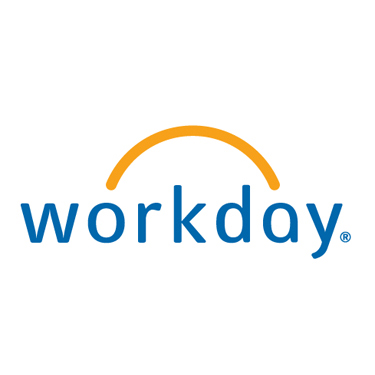Workday: What's it cost to compete with Oracle and SAP? $119 million, at least


"Go big or go home."
It's a familiar refrain on the pitch, and it's a stark reality for American enterprise software company Workday, which announced on Thursday that it lost $119 million in fiscal 2013.
But that's precisely the point: you've got to spend money to make money, especially if you're taking on the big boys -- that is, legacy, on-premises ERP vendors such as Oracle and SAP. Indeed, Workday is making quite a lot of it, $274 million in fiscal 2013 to be exact, as it piles on headcount and gobbles up market share for its cloud-based software targeting human resources and finance departments.
That's why co-CEO Aneel Bhusri can call the year "remarkable," even as the company he co-founded posts losses that dwarf the previous year's.
The idea? Move quickly and spend hand over fist to get as much revenue as possible after going public in October. Workday has done just that, posting fourth quarter revenues of $81.5 million, almost double the revenues of the same quarter a year ago.
Critically, subscription revenues for the quarter were $59.6 million, an increase of 105 percent from 4Q12. New customers included Del Monte, Nissan, Primark, SunTrust, Thiess and Travelex; it added 150 total for the fiscal year.
During the year, the company deployed three updates to its software, introduced two new applications and announced two more in development for 2014.
For its fourth quarter earnings, Workday beat investors' expectations, posting losses per share of $0.16 on revenues of $81.5 million. Wall Street was expecting losses per share of $0.11 on revenues of $78.2 million.
The company made small adjustments to its outlook, guiding its first quarter revenues down slightly but its fiscal year 2014 revenues up a bit.
Here's a look at the numbers:
CFO Mark Peek explained the company's strategy thusly during a subsequent earnings call:
Fundamental to our business model is the belief that once we win a customer we keep the customer. This is driven by a combination of the importance of the applications, the frequent product upgrades and very high customer satisfaction.
That means:
- Eating rivals for breakfast. "We continue to compete with the two large legacy players and continue to replace predominantly those two large legacy players," Bhusri said. Of particular interest: mid-market companies with between 1,000 and 3,000 employees.
- Building an ecosystem. "We'd rather focus our efforts on helping the ecosystem, build the IP around it and also touching each customer to make sure that they have each of the steps to having a successful deployment but then also to stay involved with our customers post-deployment," Bhusri said.
- Meeting customer demand. For big data, "we've gotten more interest and reception than even frankly I had expected," Bhusri said.
- Global growth. Sales and marketing expense was up 59 percent from last year, to $35.5 million, as the company expands into new geographies.
- Spending on R&D. $29 million for the quarter, in fact. "We are building solutions for large complex global enterprises," Peek said, "and we believe continued investment in our applications will be a key driver of future growth."
- Keeping a startup mentality. "There's only so many people you can absorb over a given amount of time and maintain the quality and the culture," Peek said.
"We have a lot of execution in front of us to deliver on our ambitious goals and we’re still in the early days," Bhusri added. "But we're off to a great start."